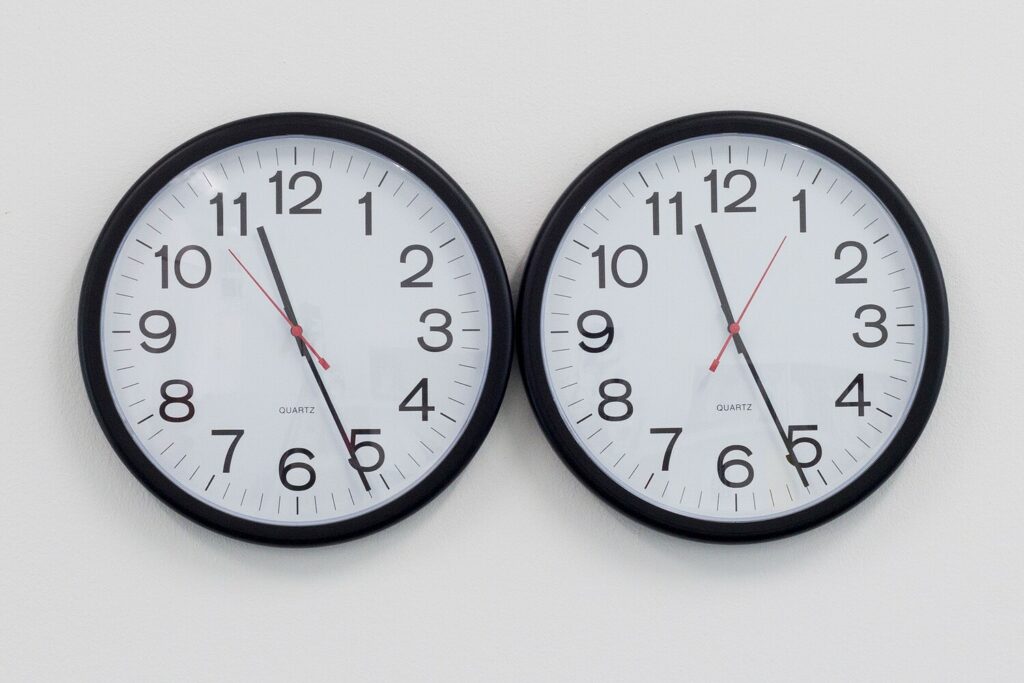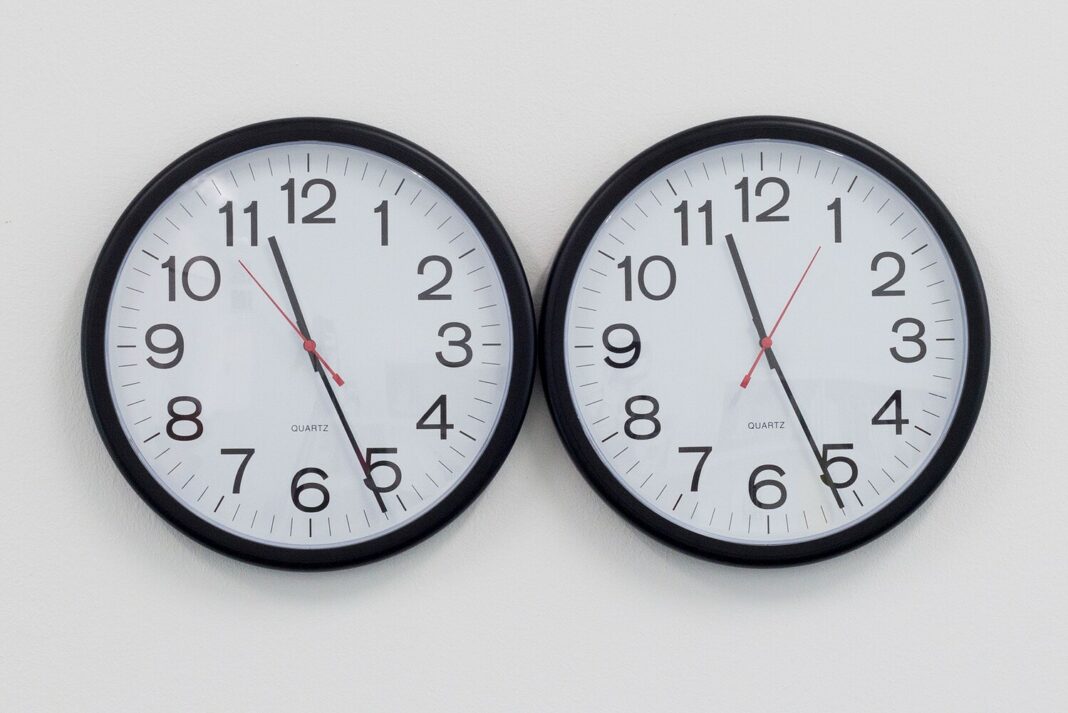Félix González-Torres
American, b. Guáimaro, Cuba 1957, d. Miami, Florida 1996
(American, born Guáimaro, Cuba, 1957–died Miami, USA, 1996, due to complications arising from AIDS) encountered Spain directly in 1971, when he was sent as a child with his sister from Cuba to Madrid, prior to settling with an uncle in Puerto Rico. He began his artistic training in Puerto Rico and relocated to New York to continue his studies. It was in New York that he established his career working both as a solo artist and separately as a member of the collective Group Material.
Biography published by David Zwirner Gallery
Felix Gonzalez-Torres was born in Guáimaro, Cuba, on November 26, 1957. He referred to himself as American. He lived and worked in New York City between 1979 and 1995. Gonzalez-Torres died in Miami on January 9, 1996 from AIDS-related causes. He began his art studies at the University of Puerto Rico before moving to New York City, where he attended the Whitney Independent Study Program, first in 1981 and again in 1983. He received his BFA from Pratt Institute, New York, in 1983 and his MFA from the International Center of Photography and New York University in 1987.
From 1987 to 1991, Gonzalez-Torres was a part of the artist collective Group Material, whose collaborative, politically-informed practice focused on community engagement and activist interventions. In 1988, he had his first one-man exhibitions, at the Rastovski Gallery, New York, INTAR Gallery, New York, and the New Museum of Contemporary Art, New York. His earliest billboard work, “Untitled” (1989), was installed at New York’s Sheridan Square on the occasion of the twentieth anniversary of the Stonewall Rebellion. In 1990, a solo presentation of Gonzalez-Torres’s work served as the inaugural exhibition of the Andrea Rosen Gallery, New York.
Felix Gonzalez-Torres: Traveling, a survey of the artist’s work, was presented at The Museum of Contemporary Art, Los Angeles, the Hirshhorn Museum and Sculpture Garden, Washington, DC, and the Renaissance Society at the University of Chicago in 1994. In 1995, the Solomon R. Guggenheim Museum, New York, organized an international traveling retrospective of his work. The artist participated in numerous group shows during his lifetime, including early presentations at Artists Space and White Columns in New York (1987 and 1988, respectively), the Whitney Biennial (1991), the Venice Biennale (1993), and the San Francisco Museum of Modern Art (1995) and the Art Institute of Chicago (1995).
In 1997, the Sprengel Museum Hannover, Germany, organized a traveling posthumous solo exhibition and published a catalogue raisonné of the artist’s work. Further solo exhibitions of his work were held at such institutions as The Art Gallery of South Australia, Adelaide (1998); The Douglas Hyde Gallery, Dublin (1999-2000); El Museo Nacional de Artes Visuales, Montevideo, Uruguay (2000-2001); Serpentine Gallery, London (2000); Le Consortium, Dijon (2002); and Hamburger Bahnhof, Museum für Gegenwart, Berlin (2006). In 2007, Gonzalez-Torres was selected to represent the United States at the 52nd Venice Biennale.
More recently, in 2010-2011, WIELS Contemporary Art Center, Brussels, organized a six-part traveling retrospective, Felix Gonzalez-Torres: Specific Objects without Specific Form, which was also presented at the Fondation Beyeler, Basel, and Museum für Moderne Kunst, Frankfurt. At each institution, Elena Filipovic curated a retrospective version of the exhibition which was reconsidered midway through its run by a collaborating artist-curator: Danh Vo, Carol Bove, and Tino Sehgal, respectively. Further exhibitions devoted to the artist’s work have been held at PLATEAU and Leeum, Samsung Museum of Art, Seoul, South Korea (2012); Metropolitan Arts Centre, Belfast, Northern Ireland (2015); Rockbund Art Museum, Shanghai, China (2016); and Museu d’Art Contemporani de Barcelona (MACBA) (2021).
Felix Gonzalez-Torres: Summer was on view at the Museum of Contemporary Art, Toronto in 2022. Also in 2022, The two-person presentation, Felix Gonzalez-Torres – Roni Horn, was presented at the Bourse de Commerce–Pinault Collection, Paris.
In 2023, David Zwirner, New York presented an exhibition of works by the artist. This was the second solo exhibition of Gonzalez-Torres’s work at David Zwirner since the announcement that the gallery would be joining Andrea Rosen Gallery in co-representing the artist’s estate.
Felix Gonzalez-Torres earned a BFA in photography from Pratt Institute in Brooklyn, New York, in 1983. Printed Matter, Inc. in New York hosted his first solo exhibition the following year. After obtaining an MFA from the International Center of Photography and New York University in 1987, he worked as an adjunct art instructor at New York University until 1989. Throughout his career, Gonzalez-Torres’s involvement in social and political causes as an openly gay man fueled his interest in the overlap of private and public life. From 1987 to 1991, he was part of Group Material, a New York-based art collective whose members worked collaboratively to initiate community education and cultural activism. His aesthetic project was, according to some scholars, related to Bertolt Brecht’s theory of epic theater, in which creative expression transforms the spectator from an inert receiver to an active, reflective observer and motivates social action. Employing simple, everyday materials (stacks of paper, puzzles, candy, strings of lights, beads) and a reduced aesthetic vocabulary reminiscent of both Minimalism and Conceptual art to address themes such as love and loss, sickness and rejuvenation, gender and sexuality, Gonzalez-Torres asked viewers to participate in establishing meaning in his works.
In his “dateline” pieces, begun in 1987, Gonzalez-Torres assembled lists of various dates in random order interspersed with the names of social and political figures and references to cultural artifacts or world events, many of which related to political and cultural history. Printed in white type on black sheets of paper, these lists of seeming non sequiturs prompted viewers to consider the relationships and gaps between the diverse references as well the construction of individual and collective identities and memories. Gonzalez-Torres also produced dateline “portraits,” consisting of similar lists of dates and events related to the subjects’ lives. In Untitled (Portrait of Jennifer Flay) (1992), for example, “A New Dress 1971” lies next to “Vote for Women, NZ 1893.”
Gonzalez-Torres invited physical as well as intellectual engagement from viewers. His sculptures of wrapped candies spilled in corners or spread on floors like carpets, such as “Untitled” (Public Opinion) (1991), defy the convention of art’s otherworldly preciousness, as viewers are asked to touch and consume the work. Beginning in 1989, he fashioned sculptures of stacks of paper, often printed with photographs or texts, and encouraged viewers to take the sheets. The impermanence of these works, which slowly disappear over time unless they are replenished, symbolizes the fragility of life. While in appearance they sometimes echo the work of Donald Judd, these pieces also belie the Minimalist tenet of aesthetic autonomy: viewers complete the works by depleting them and directly engaging with their material. The artist always wanted the viewer to use the sheets from the stacks—as posters, drawing paper, or however they desired.
In 1991 Gonzalez-Torres began producing sculptures consisting of strands of plastic beads strung on metal rods, like curtains in a disco. Titles such as Untitled (Chemo) (1991) and Untitled (Blood) (1992) undercut their festive associations, calling to mind illness and disease. In 1992 he commenced a series of strands of white low-watt lightbulbs, which could be shown in any configuration—strung along walls, from ceilings, or coiled on the floor. Alluding to celebratory décor—in the vein of the charms of outdoor cafés at night—these delicate garlands are also a campy commentary on the phallic underpinnings of numerous Minimalist creations, particularly Dan Flavin’s rigid light sculptures. Also in 1992, Untitled (1991), a sensual black-and-white photograph of Gonzalez-Torres’s empty, unmade bed with traces of two absent bodies, was installed on 24 billboards throughout the city of New York. This enigmatic image was both a celebration of coupling and a memorial to the artist’s lover, who had recently died of AIDS. Its installation as a melancholic civic-scaled monument problematized public scrutiny of private behavior.
Gonzalez-Torres received fellowships from the National Endowment for the Arts in 1989 and 1993. He participated in hundreds of group shows during his lifetime, including early presentations at Artists Space and White Columns in New York (1987 and 1988, respectively), the Whitney Biennial (1991), the Venice Biennale (1993), SITE Santa Fe (1995), and the Sydney Biennial (1996). Comprehensive retrospective exhibitions of his work have been organized by the Museum of Contemporary Art Los Angeles (1994); Solomon R. Guggenheim Museum (1995); Sprengel Museum Hannover, Germany (1997); and Biblioteca Luis-Angel Arango, Bogotá (2000). Other exhibitions have been held at the Hamburger Bahnhof-Museum für Gegenwart, Berlin (2006–07); PLATEAU, Seoul (2012); and Leeum, Samsung Museum of Art, Seoul (2012). A survey of his work, Specific Objects without Specific Form, was organized by WIELS, Centre d’Art Contemporain, Brussels (2010), and then traveled to the Fondation Beyeler, Basel (2010), and the Museum für Moderne Kunst Frankfurt am Main (2011). In 2007, Gonzalez-Torres was selected to represent the United States at the Venice Biennale in the exhibition Felix Gonzalez-Torres: America. He died in Miami on January 9, 1996.

Medium: Wall clocks and paint on wall
Dimensions: Overall dimensions variable; clocks 14″ diameter x 2 3/4″ (35.6 cm diameter x 7 cm) each
Copyright© 2023 The Felix Gonzalez-Torres Foundation, Courtesy Andrea Rosen Gallery, New York
Contact:
The Felix Gonzalez-Torres Foundation
544 West 24th Street
New York, NY 10011
General Inquiries
[email protected]
Tel: +1 212 414 4242
Holly McHugh, Associate: Licensing, Archives, Research
Andrea Rosen, President
Emilie Rosenfeld, Director of Internal Research Initiatives
For Exhibition Proposals, please contact [email protected]
For Press Inquiries, please contact [email protected]
For Image Licensing Inquiries, please contact [email protected]
Source:
Felixgonzalez-torresfoundation.org
Davidzwirner.com/artists/felix-gonzalez-torres
Guggenheim.org/artwork/artist/felix-gonzalez-torres
www.e-flux.com/announcements/381451/felix-gonzalez-torresthe-politics-of-relation
Cover photo:
www.e-flux.com













